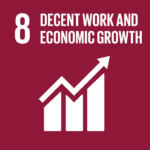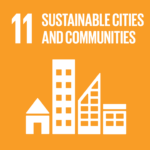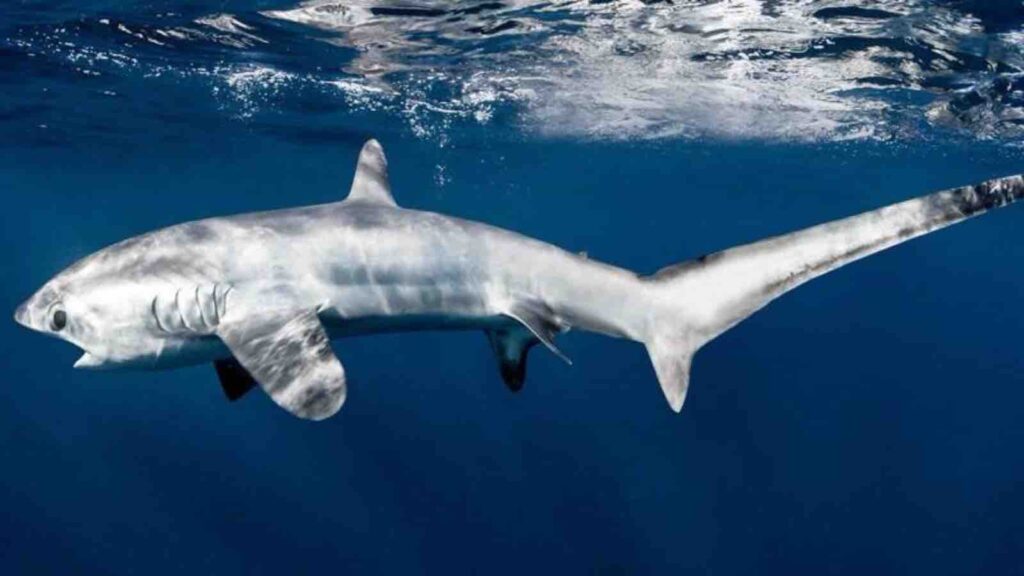Alternative livelihood program shows promising results in protecting endangered species while boosting fisher income.
ALOR, EAST NUSA TENGGARA — A groundbreaking community-driven conservation initiative in Alor, East Nusa Tenggara, has successfully reduced the catch of endangered pelagic thresher sharks (Alopias pelagicus) by an astounding 91%. The program, which ran from August 2021 to November 2023, offered alternative livelihood support to local fishers in exchange for their voluntary commitment to stop catching sharks.
Out of 27 shark fishers in the area, nine agreed to participate in the initiative. In return, they received business support, such as new fishing gear, startup capital, and vocational training, enabling them to shift away from shark fishing. The results are significant: not only did shark catches decline drastically, but some fishers also reported a 5.2-fold increase in income.
RELEVANT SUSTAINABLE GOALS



Alor’s 91% Drop in Thresher Shark Catch
Thresher sharks have long been targeted by small-scale fishers in Alor for their meat and fins, supplying both local consumption and commercial demand. Yet, their numbers in the Indo-Pacific have plunged by up to 79% over the last three generations. Indonesia — the world’s top shark-harvesting nation — has seen an estimated 83% population decline in certain shark species.
The study, authored by researchers from Indonesia and the UK and published in the journal Oryx in February 2025, underscores the viability of non-extractive, community-led conservation efforts. “The real value in protecting manta rays and whale sharks lies in their non-extractive roles, especially in tourism,” wrote lead author Rafid A. Shidqi, a PhD student at Duke University and co-founder of Thresher Shark Indonesia. “This study demonstrates that a similar model can be applied to thresher sharks.”
Challenges Beneath the Surface
While the program has been hailed as a success, the researchers caution that economic and social pressures remain. After 18 months of zero shark catches, some fishers began fishing sharks again during the final eight months of the study. They cited financial hardship and community pressures as their reasons.
Three fishers also experienced reduced income post-transition, largely due to personal circumstances such as illness and family obligations, which affected their ability to maintain their new businesses. Stable, land-based ventures like small shops were found to be more profitable than seasonal tuna or snapper fishing.
Crucially, the study also revealed that not all fishers rejected the conservation concept. One of the community’s most senior shark fishers refused to join — not due to disagreement with conservation goals, but because of longstanding personal conflict with village authorities.
“Understanding and resolving intra-community conflicts is vital for fostering inclusive and effective conservation,” the report concluded.
Scaling Lessons from Alor
Conservation experts say the Alor project sets a new precedent for protecting threatened marine species in Indonesia. Iqbal Herwata, Senior Manager for Key Species Conservation at Konservasi Indonesia, emphasized the program’s significance: “This evidence-based, community-first model offers a replicable path forward for other regions, especially for species that are still exploited but not fully protected.”
Despite being home to over 200 shark species, Indonesia has only recently started strengthening shark protection laws. Until 2023, the whale shark was the only fully protected species. Since then, six species of walking sharks have also received full protection.
For other species like the thresher shark, strict regulations under Indonesian law and international agreements like CITES do apply — but gaps remain. Though fishers are required to obtain permits and report shark catches, Indonesia’s vast fleet of nearly 2.5 million small-scale fishers presents formidable enforcement challenges.
The Alor study emphasizes that shark conservation should not be treated as a short-term or purely technical intervention. Instead, it calls for long-term commitments, strong partnerships, and localized solutions rooted in the realities of coastal communities.
Iqbal urged regional governments — the most attuned to community dynamics — to play a central role in sustaining such efforts. He proposed steps including economic needs mapping, vocational training programs, and building strong local institutions.
“Provincial and national governments can strengthen these efforts through dedicated budgets, policy support, and by integrating conservation into marine and regional development plans,” Iqbal said.
Beyond Alor: The Future of Shark Conservation
Indonesia continues to export a wide range of shark products — including fins, meat, liver oil, and skin — with limited traceability. Most shark meat is processed by drying, salting, or smoking before entering loosely regulated supply chains.
The Alor pilot initiative demonstrates how shifting toward sustainable, community-anchored alternatives can protect vulnerable marine ecosystems while ensuring local livelihoods. With Indonesia’s global leadership in shark fishing, its next moves could determine the fate of many of the world’s remaining shark populations.
As conservationists, policymakers, and coastal communities chart a path forward, Alor’s 91% success story serves as both a milestone — and a message.
Lead image courtesy of Shawn Heinrics/Thresher Shark.id
You may also be interested in :
The World’s First Small-Scale Fisheries Impact Bond: A Financial Innovation For Ocean Conservation





